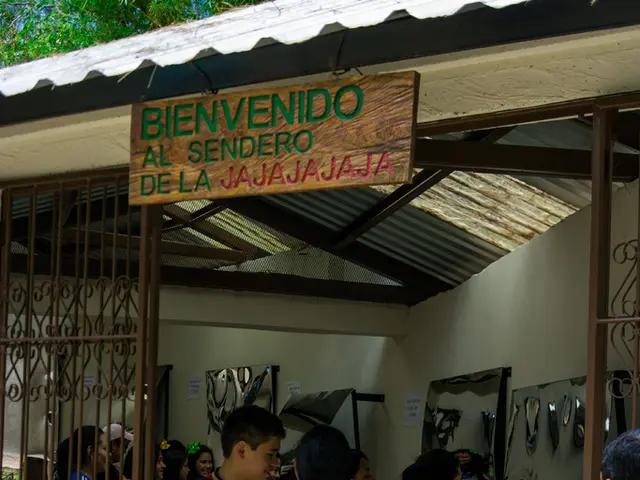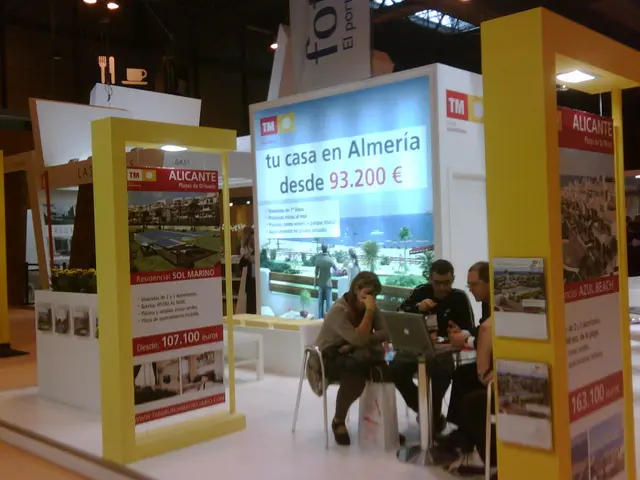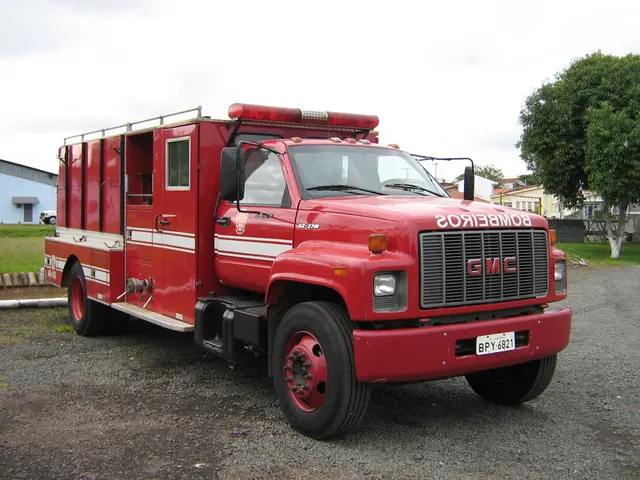Building a Green Future: 50Hertz's Plan for Three Underground Power Lines in Berlin
Constructing three subterranean power lines, each running at 50Hz, in Berlin. - Berlin sees construction of three underground power arteries by 50 Hertz, with the goal of enhancing the city's energy infrastructure.
Germany's eastern transmission grid operator, 50Hertz, is set to revolutionize the capital city with the construction of three new underground power highways. These highways, slated to commence construction from the year 2030, aim to increase transport capacities, particularly for electricity from renewable energy sources, as announced by the company.
"Sustaining the supply of green energy is vital for Berlin's economic growth," said CEO Stefan Kapferer. "By constructing these three new underground lines, we're augmenting the infrastructure without compromising the urban landscape."
Underground depths of up to 40 meters
One of the projects involves enhancing the Cable Diagonal Berlin, a northwest-to-east running route through the city. A six-kilometer-long section between the substations Reuter and Teufelsbruch in Berlin-Hakenfelde will be built, with the cables laid at depths reaching 40 meters. A four-meter-diameter tunnel will be bored for the cables, replacing the existing route and offering a 40% capacity increase, according to 50Hertz.
The Cable Vertical Berlin South and North are two additional projects. The former, a tunnel spanning 14 kilometers, will start in Brandenburg near the Berlin city border in Großbeeren. The latter, approximately 20 kilometers long, will begin at UW Reuter, connect a yet-to-be-built Tegel area substation, and end at UW Malchow. Seventeen kilometers of the North line will run underground.
How will residents be affected?
Construction prices and timelines remain unknown. While the main construction will take place underground, it is unlikely that residents won't feel the impact. "Constructing in Berlin's densely-populated city center presents technical challenges and necessitates open dialogue with all key stakeholders," Kapferer emphasized. "We urge politics to actively support these crucial energy transition initiatives."
- Berlin
- Grid Expansion
- Power Highway
- High-Voltage Line
- Electricity
- Stefan Kapferer
- Economic Location
- CEO
Additional Insights:
- Timeline and Disruptions: Construction is scheduled for 2036 to the late 2030s, with a staggered approach to minimize disruptions for residents. However, the lengthy construction process may still cause intermittent disruptions due to the multiple phases.
- Environmental and Energy Impact: These power lines form part of Germany's broader energy transition efforts to enhance the grid's capacity to handle renewable energy sources, contributing to cleaner energy options in the long run. The expansion of high-voltage power lines is crucial for facilitating the integration of green technologies and supporting increasing renewable energy demand.
- Community Engagement and Challenges: Enhanced dialogue with residents is crucial during the construction process to overcome the technical challenges of building in densely populated areas. Active support from politicians is required to address potential concerns and ensure that projects' benefits, such as improved energy infrastructure, are realized.
- With the aim of bolstering Berlin's economic location and infrastructure, 50Hertz's community policy emphasizes open dialogue with all stakeholders to mitigate disruptions during the construction of three new underground power highways from 2030.
- These power highways, including the Cable Diagonal Berlin, Cable Vertical Berlin North, and Cable Vertical Berlin South, will not only increase transport capacities for electricity from renewable energy sources but also serve as a foundation for further advancements in technology, industry, finance, and the energy sector.




